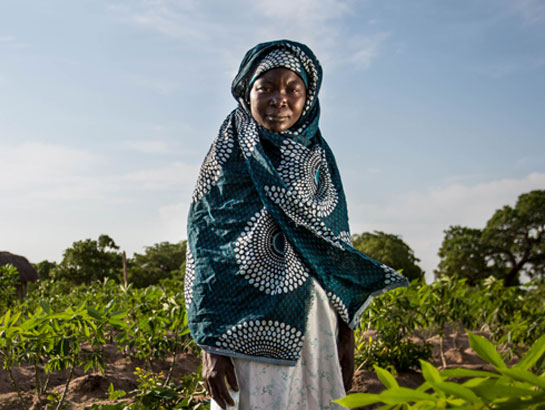Addressing hidden hunger with nutrient-dense staple crops—developed through the process of biofortification—has gained considerable traction in low- and middle-income countries since the first varieties were released to farmers 16 years ago. This proven, practical, cost-efficient, and complementary malnutrition response for smallholder farming families and other low-resource populations is ready for rapid scale up to help achieve global development objectives.
A new policy brief from HarvestPlus summarizes the benefits and impact of biofortified crops and foods, and urges action by governments, businesses, and global institutions to expand their reach. The brief, “Scaling Up Biofortified Crops and Foods for Healthier, Inclusive and Resilient Food Systems,” includes recommended commitments for each of these stakeholder groups to make at the UN Food Systems Summit in September 2021, and the Tokyo Nutrition for Growth Summit in December 2021.
The summits are opportunities for local, national, regional, and global stakeholders to catalyze positive transformation in the way we produce and consume food. The overarching objective is to agree on strategies aimed at making food systems more nutritious, inclusive, equitable,resilient, and sustainable, and help countries achieve the 2030 Sustainable Development Goals (SDGs).
However, the summits will fall short if the resulting strategies fail to address the needs and priorities of those most vulnerable to food and nutrition insecurity—due to poverty, climate and other pressures, and shocks such as the ongoing COVID-19 pandemic—that disrupt food systems and economies.
The most vulnerable people include hundreds of millions of smallholder farming families in rural areas of Africa, Asia, and Latin America, whose diets and livelihoods largely depend on what they can grow or raise themselves. They are also well represented among the estimated 3 billion people worldwide who cannot afford diverse, healthy diets. Instead, they rely heavily on relatively inexpensive and less perishable staple foods to fill their stomachs.
Biofortification is tailored to the needs and conditions of these farming families. It is a proven, practical, and cost-effective technology that requires no additional investment by farmers, and provides nutritional value harvest after harvest. Delivering essential micronutrients through common staples such as rice, wheat, beans, and maize ensures that all members of the family—including women and young children—receive the nutritional benefits.
For more information, contact: [email protected]

